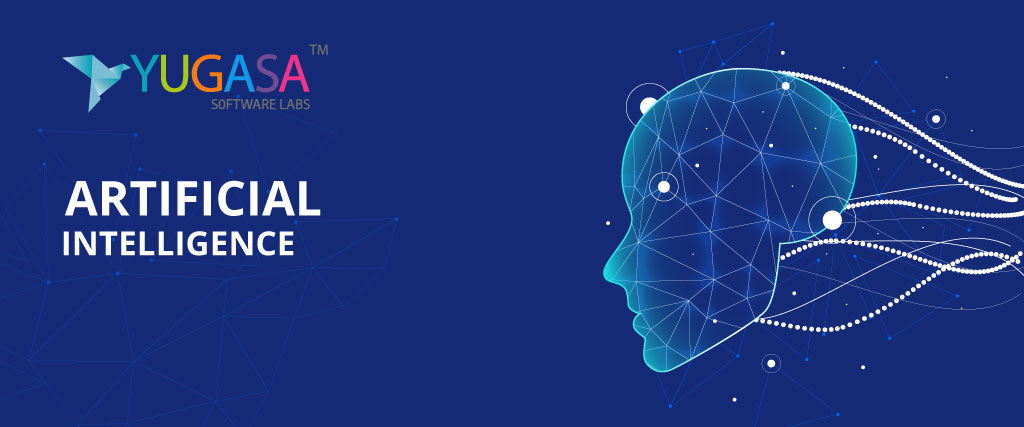How AI is helping India overcome the challenges in the education sector

AI in Indian Education Sector: AI involvement is capable of delivering customized micro-level solutions, as well as scalable solutions that form policies and bring about improvements in the education sector at the macro-level.
India has the largest education network in the world with over 260 million students in its 1.5 million schools. It is generally accepted that, in more than seven decades since independence, the nation has made commendable advancements in widening its educational coverage. By concerted action, backed by progressive policies, what had been inherited as an unstable environment, wracked by quality problems, was turned into an integrated education system.
Considering the speed of technological development, educational plans need periodic evaluations and adjustments. One that fails to take the criteria of industry 4.0 into account can not be considered a prudent strategy. While a lot of important research has been done, there is still a lot that needs to be done by the government, educators, and the tech industry through concerted action.
India is rising to the challenge by incorporating Artificial Intelligence and AI-induced technologies. Efforts are being done to fix deficiencies in their educational field.
Schools in India have been plagued by high dropout rates, particularly in the backward sections of society at the upper elementary and secondary levels. This trend is capable of causing a big dent in the country's human resource ambitions. In view of increasing dropouts, as of 2017, the Andhra Pradesh government worked in partnership with Microsoft to cover more than 5 million students in 10000 + schools. Through using the power of machine learning and analytics, a Microsoft app can predict a student's chances of dropping out, based on trends extracted from large datasets. The South Indian State program aims to take corrective actions to keep young people in schools. They are implementing proactive policies that are supported by AI intervention.
Negative learning outcomes and rotary learning difficulties can be due to inadequate and obsolete methods of teaching and distribution. They all are generally associated with the one-size-fits-all approach. In reality, each child is unique, and so are their learning challenges, and each needs to be engaged on an atomic level with different things. The EdTech startup Jungroo Learning helps educational institutions and NGOs around the country tackle this question of adaptability.
Jungroo is transforming the way we teach and learn, by deploying reinforcement learning on its SaaS platform. Its powerful AI algorithms are capable of identifying each child's learning goals. Their intelligent automated tools lead the students on the shortest path to achieving those goals. It also provides real-time growth assessment. Jungroo aims to enhance educational quality through the creation of innovative teaching resources to personalize the learning experience.
There is still a vast proportion of our young population, even at the primary level, that is devoid of any formal education opportunities. This loophole places the future of many bright children in limbo and amplifies societal inequality. This deprived group can be uplifted to basic levels of literacy and numeracy by using affordable tech devices in conjunction with AI-based smart learning resources. In the form of an AI-powered chatbot named Chimple, Sutara Learning has created a gamified and personalized learning system. It uses natural language processing ( NLP) to guide students during their self-learning journey. This can also be used as a remedy for lagging formal education students who are unable to obtain personalized instruction in highly heterogeneous classes. Chimple is an innovative AI application that provides scalable solutions for solving the education sector's accessibility problem.
The teaching faculty lacks training opportunities, particularly with regard to the digitization and the use of ICTs in education. Given the increasing proliferation of cloud-based platforms in K-12 teaching and the resulting need for tech-friendly facilitators, this void needs immediate attention.
CBSE and Microsoft have joined hands as a head start to set up a capacity building program in September 2019 for teachers of classes 8-10. In the first phase, 1000 teachers were empowered by hands-on training of Microsoft 360 tools to use AI-based solutions in the teaching process, such as creating a personalized learning experience, digital storytelling, conducting virtual classes, and creating BOTS. This practical approach to solving the skills problem aims at creating an enhanced learning experience for 21st-century students.
India has set ambitious targets for its education sector to reach by 2030, in line with the Sustainable Development Goals (SDGs) Goal 4 (i.e. Quality Education). The most effective strategies have to incorporate the use of innovative, tech-driven enablers in the long and arduous way ahead. However, digitization alone is not a sustainable cure. We need a practical, targeted, and application-driven approach enabled by AI. We have to ensure that our bulging youth population receives an inclusive and high-quality education. Despite 28 percent of the population under the age of 14 and an army of 600 million youth under the age of 25, India is capable of producing huge demographic dividends by providing the right incentives for its human resources.
It is evident that AI intervention is capable of providing micro-level personalized solutions, as well as scalable solutions that shape policies and bring about changes in the education sector at the macro-level. Thus, Artificial Intelligence-driven innovation has tremendous potential to catalyze social and economic benefits in India.
